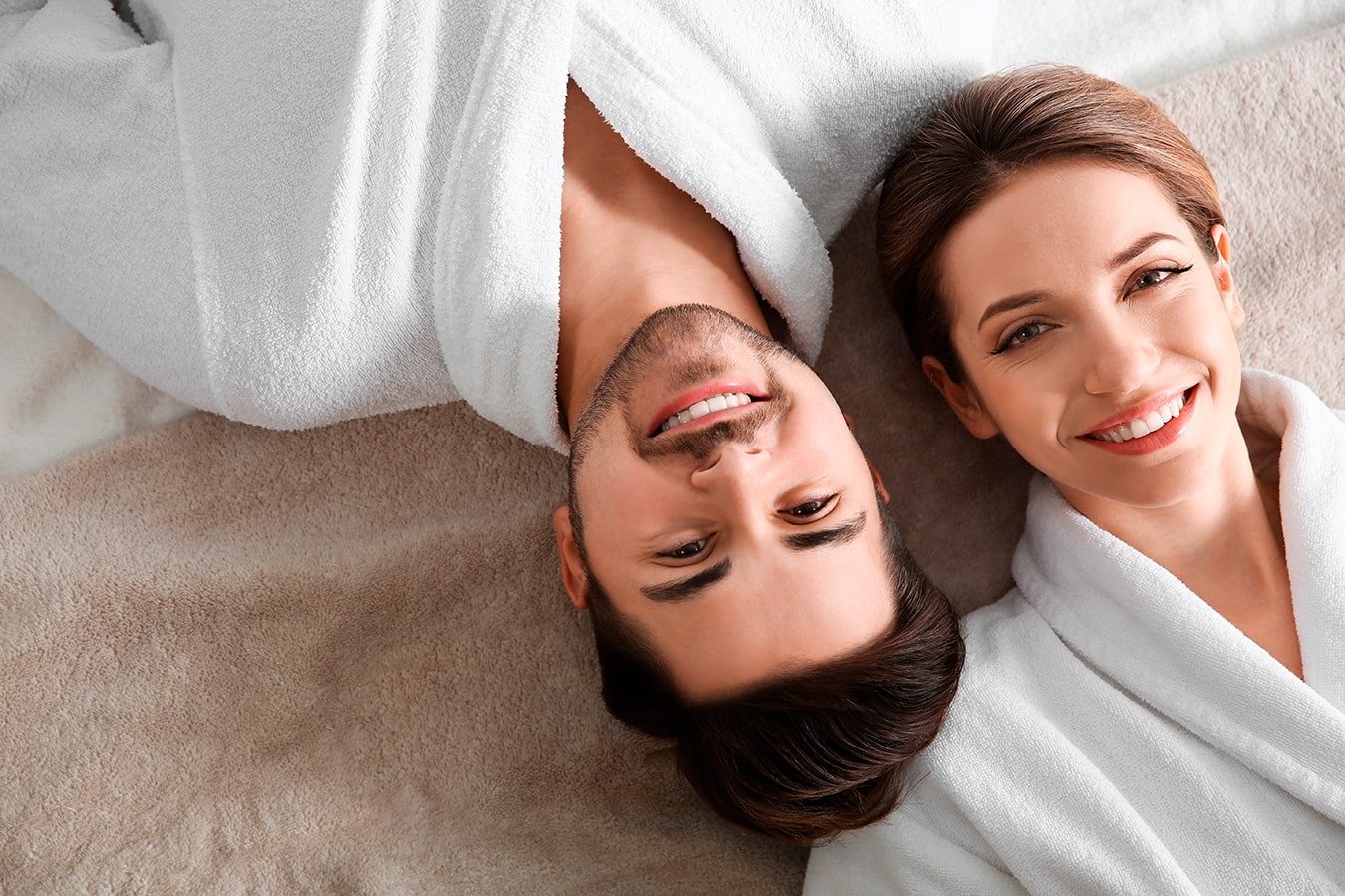The beauty products market has undergone important changes. Thanks to the genderless trend, which means no gender or gender neutral, many beauty items are no longer aimed exclusively at women or men, but are often developed, promoted and marketed for both genders, or independently of them. The genderless concept is part of a cultural and social movement that seeks to deconstruct gender stereotypes. Although makeup is still categorized by gender in Western societies, brands are slowly beginning to adopt a more gender-neutral mindset. A new awareness of the negative impact of rigid male stereotypes on men’s mental health, linking masculinity to physical strength and emotional restraint, has recently grown. This led to the social encouragement of expressions of affection and emotions.
The Gender Neutral Trend in Cosmetics
Male stereotypes are being challenged. Many advertisements stopped showing the hardness and physical power of men for values that do not depend on gender, such as individuality or empowerment. The need to look manly is no longer a priority for men when looking for hygiene products. Recent data shows that a new generation of beauty consumers prefers a non-binary approach or without differentiating between men and women at all. According to the NPG’s iGen Beauty Consumer report, nearly 40% of adults aged 18-22 have shown an interest in gender-neutral beauty products. On other report, only about a third of American men would consider the word ‘manly’ an ideal descriptor on packaging for personal care products. Looking healthy, beautiful and relaxed is more important to them.
The Growth of Gender Neutral Cosmetics
In addition, in a survey conducted by Euromonitor, more than 56% of US male respondents admitted to using several types of facial cosmetics such as foundation, concealer, or BB cream at least once in 2018. Men’s confidence and willingness to wear their appearance has increased in recent years, with 16% of French and 9% of German consumers buying makeup products in the first half of 2019. Although the figures showing the purchase of makeup seem low, they signal changes in attitude towards male appearance and beauty, and
the rise of men’s cosmetics industry.
“There are so many people growing up with the idea that you are not tied to your gender from birth,” says Larissa Jensen, beauty industry analyst at NPD. “Beauty is no longer what you would consider ‘ideal beauty.’ Beauty can be anything, anyone, and any gender. ”
Gender Neutral Cosmetics in Asia
In Asia, growth of the trend has increased sharply. LAKA, the first-ever gender-neutral beauty brand South Korea, is known for its simple packaging and muted tones, the label’s lip and blush products sport some of the most versatile shades much loved by makeup gurus. Another Korean-made brand that is paving way for inclusivity is Panacea. The brand wasn’t actually meant to be classified as gender-neutral since in inception but they based their concept that moisturizers can be used by anyone. In that way, their branding and marketing coincides with the concept of gender-neutral campaign. In Japan, Genderless Kei promotes, through social networks, boys with dyed hair, fair and luminous skin, nail polish and makeup.
[See also:
Spotlight: Clean Beauty Trend]
Today, brands must conquer the white space of gender-neutral products to attract men who want to wear makeup for subtle enhancement and self-confidence rather than self-expression. Rather than just adapting their existing feminine make-up lines to men, brands can think of creating innovative functional shapes and clear benefits that can appeal to all consumers who want to look natural, regardless of gender.

